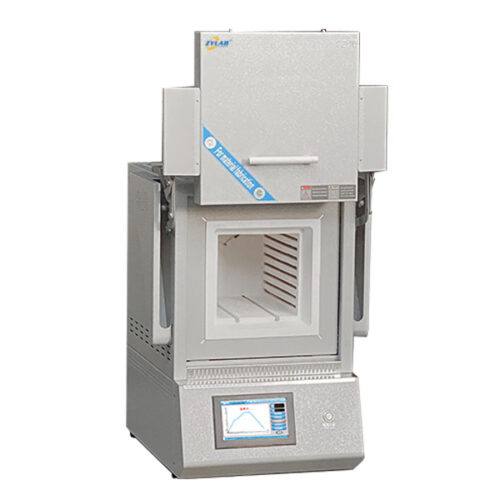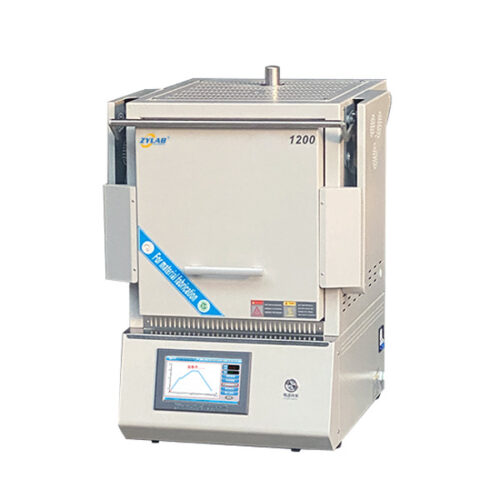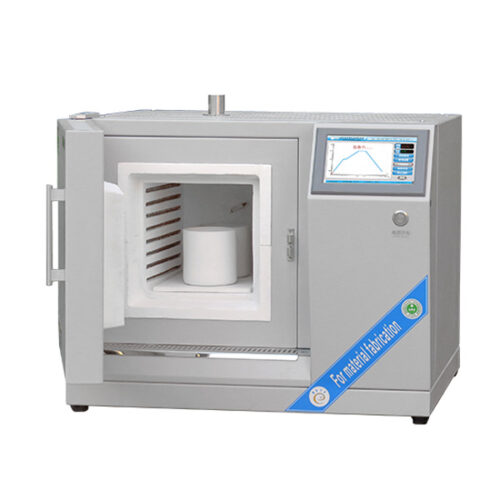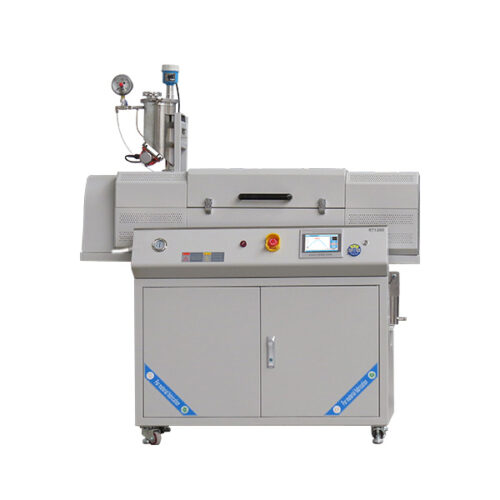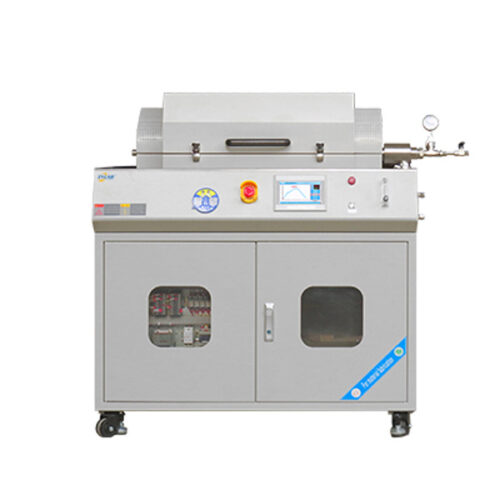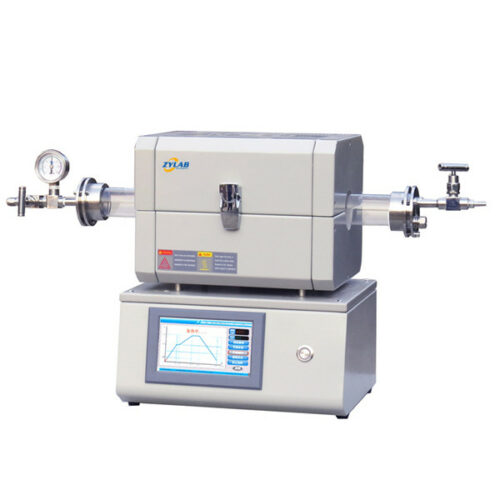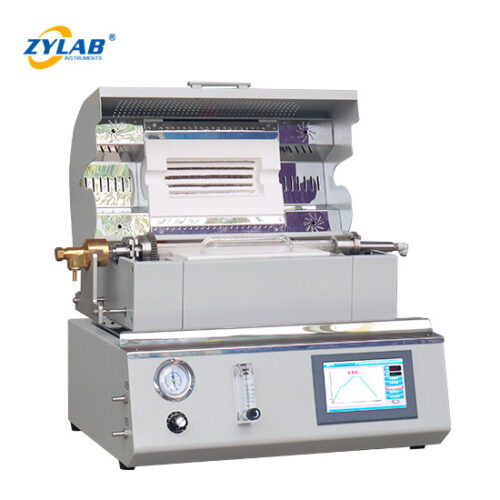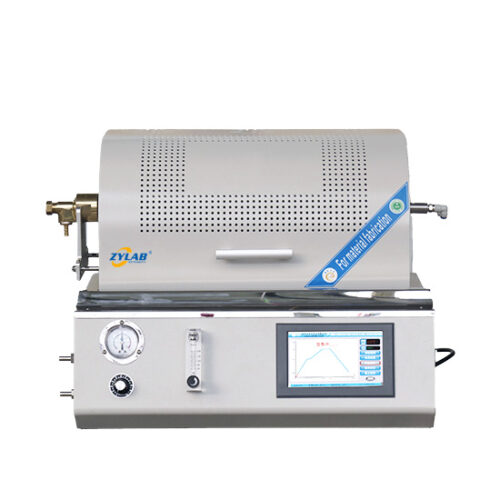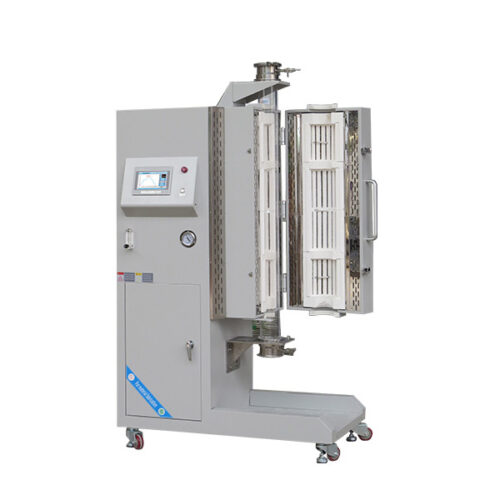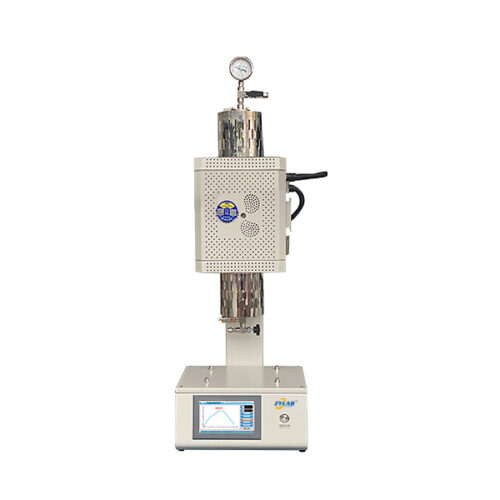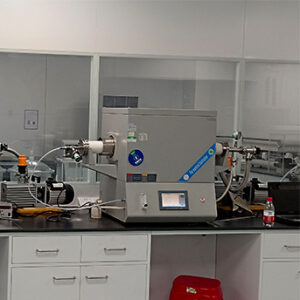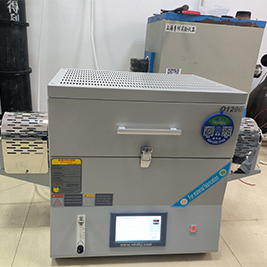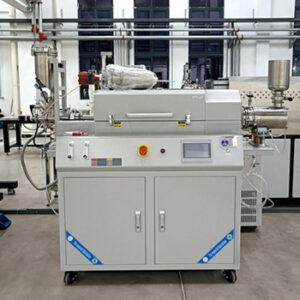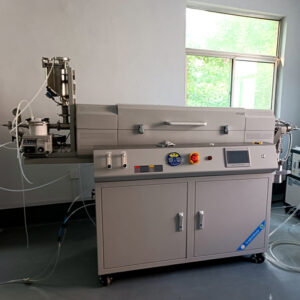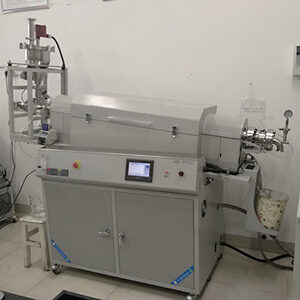Calcination Furnaces
Calcination is a high-temperature process used to heat materials to a temperature that induces thermal decomposition or phase transition, typically in the absence of air.
Calcination furnaces are used in various industries such as cement, ceramics, metals, and chemicals. Different types of calcination furnaces are designed to meet specific requirements, such as temperature control, atmosphere conditions, and material throughput.
Depending on the application, material types, and required performance characteristics, calcination furnaces come in several types.
Below are the common types of calcination furnaces used in industrial and laboratory settings:
Rotary Calcination Furnace
Description: The rotary calcination furnace features a rotating drum that ensures continuous mixing of materials during the calcination process. This promotes uniform heat distribution and efficient processing.
Applications: Commonly used for calcining materials such as cement, bauxite, limestone, and for the production of activated carbon and other minerals.
Key Feature: Continuous material flow with high throughput, ideal for large-scale operations.
Fluidized Bed Calcination Furnace
Description: A fluidized bed calcination furnace uses a gas stream to suspend and agitate the material, creating a fluidized state that enhances heat transfer and ensures uniform calcination.
Applications: Widely used in industries like petrochemicals, pharmaceuticals, and environmental processing, for the calcination of fine chemicals, minerals, and catalysts.
Key Feature: Excellent heat transfer and uniform calcination, especially for fine powders and granular materials.
Muffle Furnace
Ideal for: Small-scale batch processing and laboratory applications.
Applications: Research labs, small-scale production, material testing.
Features: Offers precise temperature control in a sealed environment, ideal for applications that require isolated heating.
Box Furnace
Ideal for: Batch processing with multiple materials.
Applications: High-temperature testing, materials research, and small production runs.
Features: Versatile, suitable for various materials including metals and ceramics, providing uniform heat distribution for diverse applications
Tube Furnace
Description: A tube furnace features a cylindrical chamber designed for high-temperature heating with precise control over temperature and atmosphere, making it ideal for thermal decomposition and material phase changes.
Applications: Commonly used in research, material science, and industries like battery manufacturing, ceramics, and metallurgy.
Key Feature: Compact design and ability to process small batches or continuous flow, providing controlled heating environments.
Choosing the Right Calcination Furnace
Selecting the right calcination furnace depends on the material to be processed, the desired throughput, and the temperature control precision required. Whether you’re involved in large-scale production or small-scale research and testing, our range of calcination furnaces offers solutions for every need.
For customized solutions, expert advice, or more detailed product specifications, please feel free to contact us today.
Contact Us
Have a question or need a quote? Our team is here to assist you. Get in touch with us to find the best calcination furnace for your application.
100-1200.C
100-1200.C

